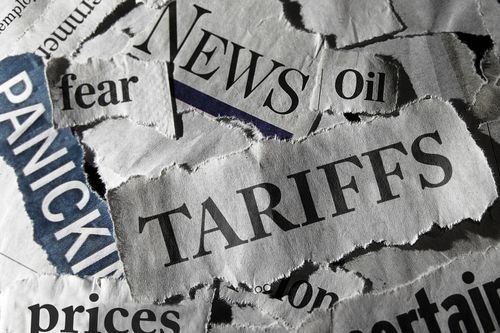Written for Bolton by Zachary Fritz , Sage Policy Group
Recent economic data has been remarkably unhelpful in clarifying the short-term outlook. Labor market conditions continue to be defined by elevated demand for workers but an insufficient supply of available labor. While the 236,000 increase in payroll employment observed in March was the smallest monthly gain since December 2020, that’s still above-average hiring by historical standards, and the more than 1 million jobs added in the first quarter of 2023 was more than in any three-month period between 1998 and the start of the pandemic. Meanwhile, the unemployment rate remains at 3.5%, just above the lowest rate since 1969.
There are, however, signs that the demand for labor is starting to wane. Initial claims for unemployment insurance are trending higher, and the 1.865 million continued claims for unemployment insurance benefits are up 45% from the cyclical low in September 2022. Rising unemployment is largely confined to the highest earners; there’s been a 533% increase in the number of households that earn $200,000+ per year claiming unemployment benefits over the past year. This is a reflection of weakness in the tech sector.
Conventional wisdom says it takes between 12 and 18 months for higher interest rates to begin to affect the economy, and certain segments have already buckled under the weight of higher borrowing costs. The single-family housing market, for instance, has been brought to a virtual standstill, and several measures of manufacturing activity indicate a sharp slowdown over the first few months of 2023.
But much of the economy remains surprisingly resilient in the face of higher rates. Of course, with the first-rate hikes having occurred just over 13 months ago, that could certainly change in the coming months, and professional forecasters expect conditions to change for the worse. According to the Wall Street Journal Economic Forecasting Journal, the median forecast puts a 65% chance of the economy entering recession over the next 12 months, and more than three in four forecasters put the odds of a recession over the next year at 50% or higher.
Despite that somewhat dreary outlook, most expect it to be a rather shallow recession. The average forecast has the unemployment rate rising to a peak of 4.6% in the summer of 2024. That’s still exceptionally low by historical standards. For context, the unemployment rate never fell below 7.7% from 2009 to 2012. Inflation is also expected to moderate, falling to the mid-3 % range by the end of 2023 and into the mid-2 % range in 2024.
After the highest inflation in four decades, a shallow and brief recession would be viewed as a win, but there are still downside risks. While panic related to the banking crisis in early March has started to subside, the extent of the fallout remains unclear. A particularly sharp tightening of credit conditions could be devastating for small businesses already being squeezed by inflation and labor shortages, and the most recent NFIB survey of small business owners showed their assessment of credit conditions at its lowest level since the Great Financial Crisis.




